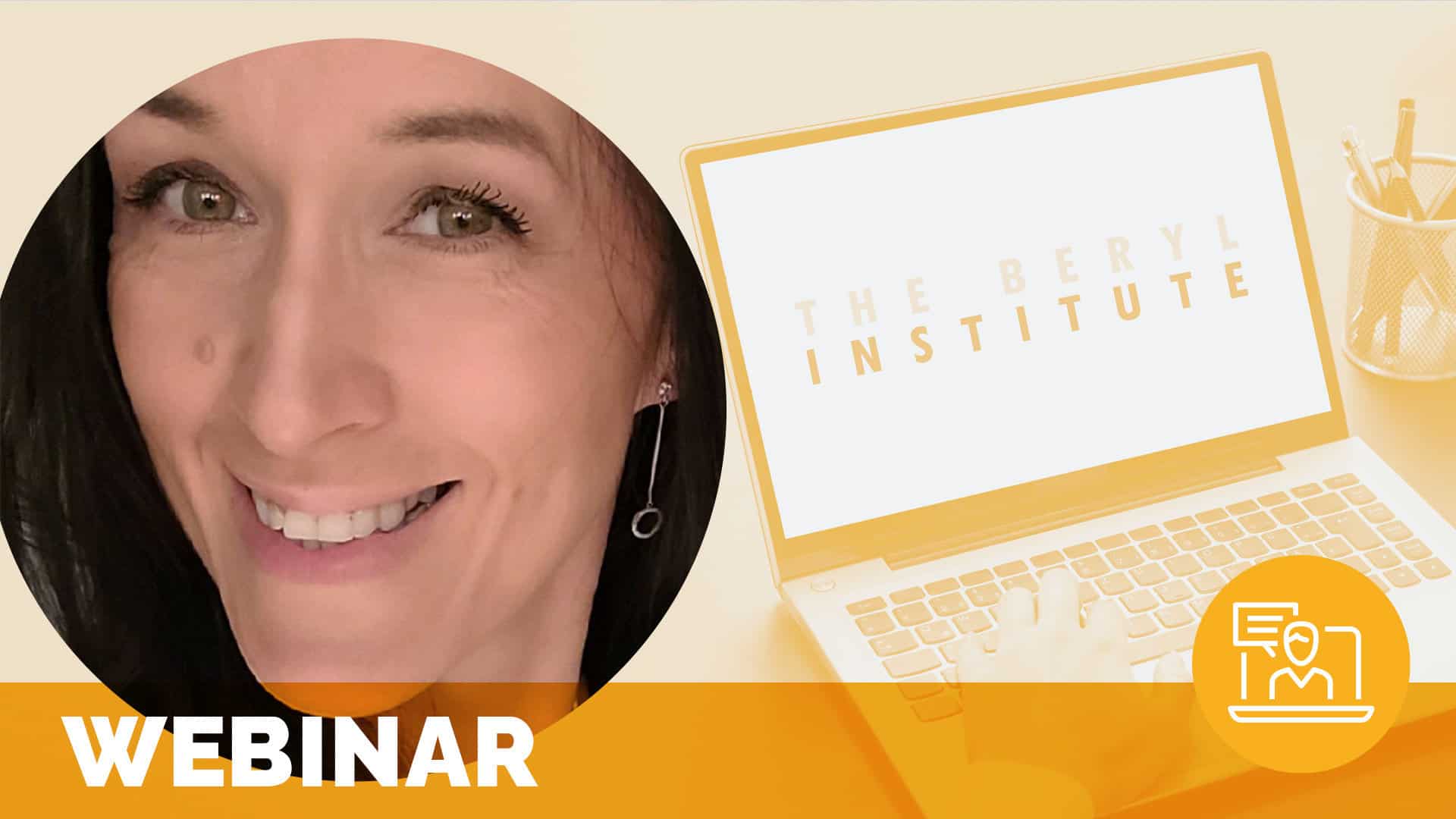Meeting Community Needs – Volunteering, Shadowing and Education in Healthcare
Published January 1, 2010


Magda Scanlan | Manager, Volunteer Services, Advocate Aurora Health
In this webinar you will hear the most common requests from students in the community, learn about two programs that address these requests and receive steps for program implementation at your organizations.
*This resource was originally developed by the Association for Health Care Volunteer Resource Professionals (AHVRP) prior to AHVRP integrating with The Beryl Institute in July 2020. This webinar does not offer Patient Experience Continuing Education Credit (PXE).
Related content
-
Infrastructure & Governance | Patient Family & Community Engagement
Starting a Pediatric Parent Advisory Council: Overcoming Adversity
Published May 20, 2025

Creating a Pediatric Parent Advisory Council (PPAC) can be a transformative way to enhance family-centered care. Join us as we share our journey from the early stages of conceptualizing a PPAC, through navigating the challenges of the COVID-19 pandemic, to launching a council that has grown and thrived since August 2021. With 16 active parents
Learn more -
Patient Family & Community Engagement | Staff & Provider Engagement
Building Cognitive-Based Compassion into Service Recovery Training
Published October 23, 2025

Traditional service recovery training often focuses on key principles and de-escalation techniques, leaving learners with theoretical knowledge but lacking practical implementation skills. In response to rising workplace violence and increasing complaints, we redesigned our service recovery training to incorporate cognitive-based compassion training. This approach helps staff connect to their sense of empathy during emotionally charged
Learn more -
Patient Family & Community Engagement
“Psychosocial Dimensions of Living with Hep B: Notes from the Field The Lived Experience of a Mother Raising a Daughter with Hepatitis B”
Published August 8, 2025

What follows is based on the interweaving of three points of view each of which contributes to an understanding of the experience of living with Hepatitis B: (i) as the mother of a daughter who was diagnosed with HBV at 5 months and who still, at age 22, carries traces of the surface antigen in
Learn more
